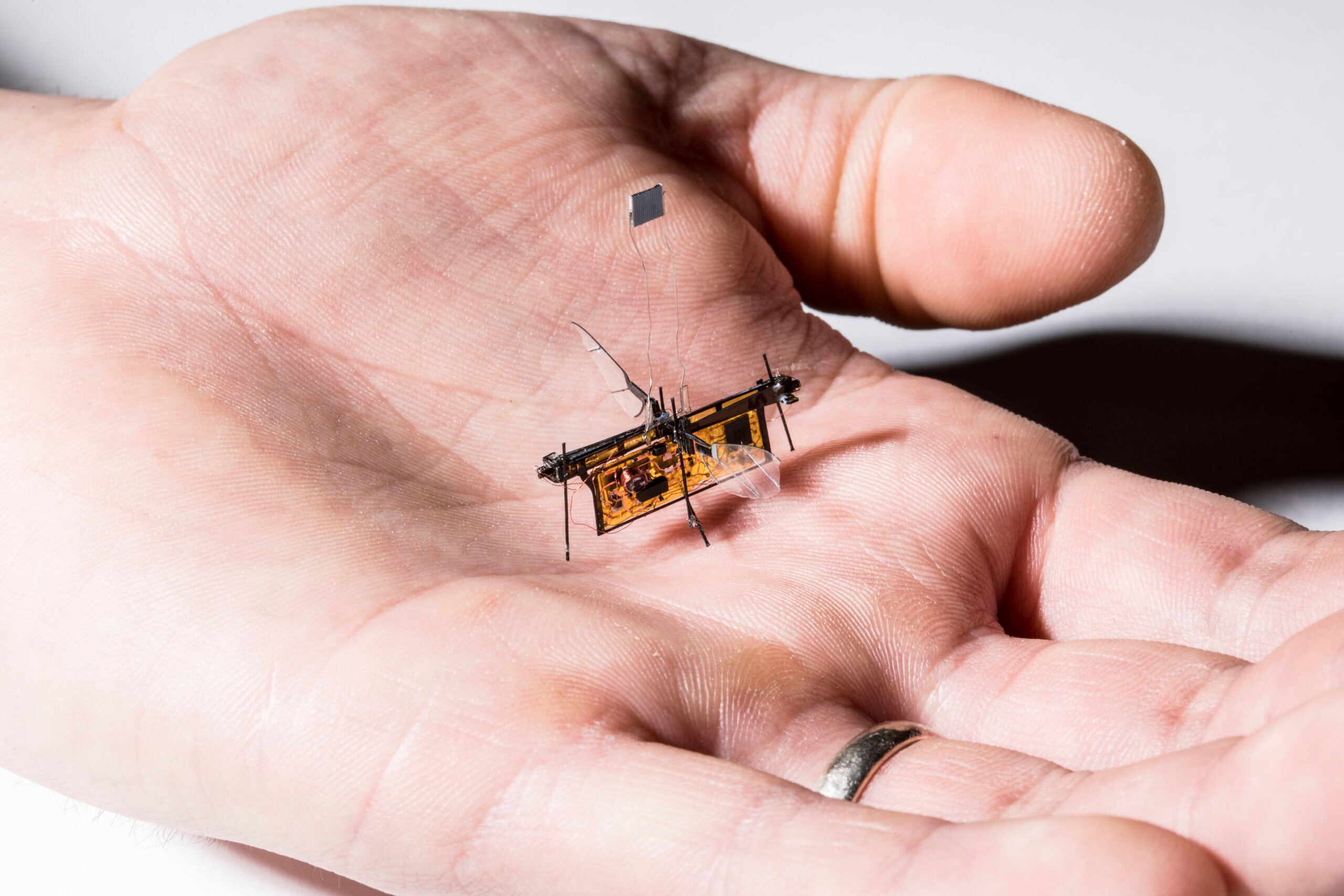Meet LightStrike – the robot making hospitals safer by zapping germs with UV rays.
Across the world, hospitals are looking at innovative ways to battle deadly pathogens or kill antibiotic resistant infections. Saint Peter’s University Hospital has taken a leap into the future with the implementation of a LightStrike Germ-Zapping Robot.

Lightstrike works by emitting waves of ultraviolet (UV) light which is able to destroy hard-to-kill bugs in hard-to-clean places.
In infection prevention, our goal is to provide a clean, safe environment for our patients, their families, and our employees. This latest technology provides an added level of protection in combating HAIs caused by pathogens such as Clostridium difficile and Staphylococcus aureus [..] by improving our disinfection practices with the implementation of the Xenex LightStrike Germ-Zapping Robot, we have added another strategy to further reduce our infection rates.Amy R. Gram, director of Infection Prevention at Saint Peter’s University Hospital
While UV light has been used for many decades, the Xenex robot is different as it uses pulsed xenon.
This high-intensity UV light is able to penetrate the cell walls of microorganisms, including bacteria, viruses, mold, fungus, and spores – fusing their DNA effectively killing them without physical contact. It is so powerful it even ‘burns’ away any dust in the air.

While LightStrike certainly looks the part – a cross between R2-D2 or Robot (of Lost in Space fame) there are some downsides to the technology.
It still has to be physically wheeled into place (meaning it is technically a very powerful strobe on wheels rather than an actual ‘robot’). Additionally, it requires line of sight with the surfaces it is cleaning – which means it has to be pushed onto either side of a patients bed and inside their bathroom rather than just being left in a room unattended.
Regardless, the technology represents an intelligent step forward in the fight to make hospitals cleaner and safer.








